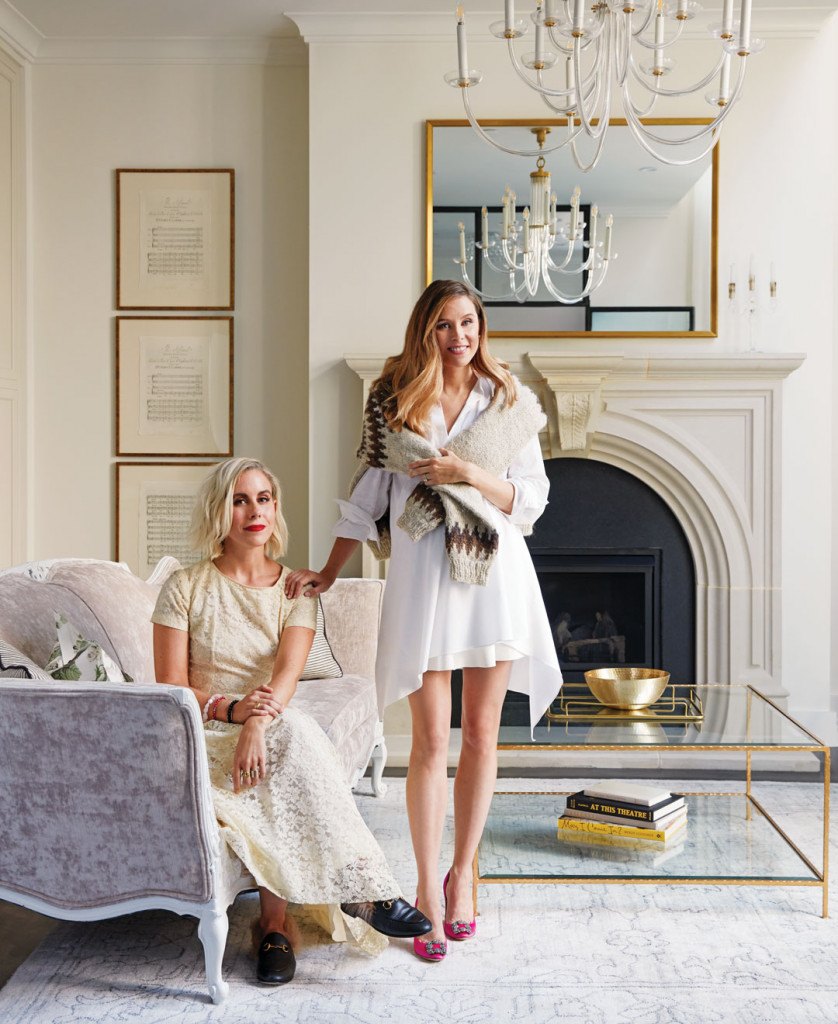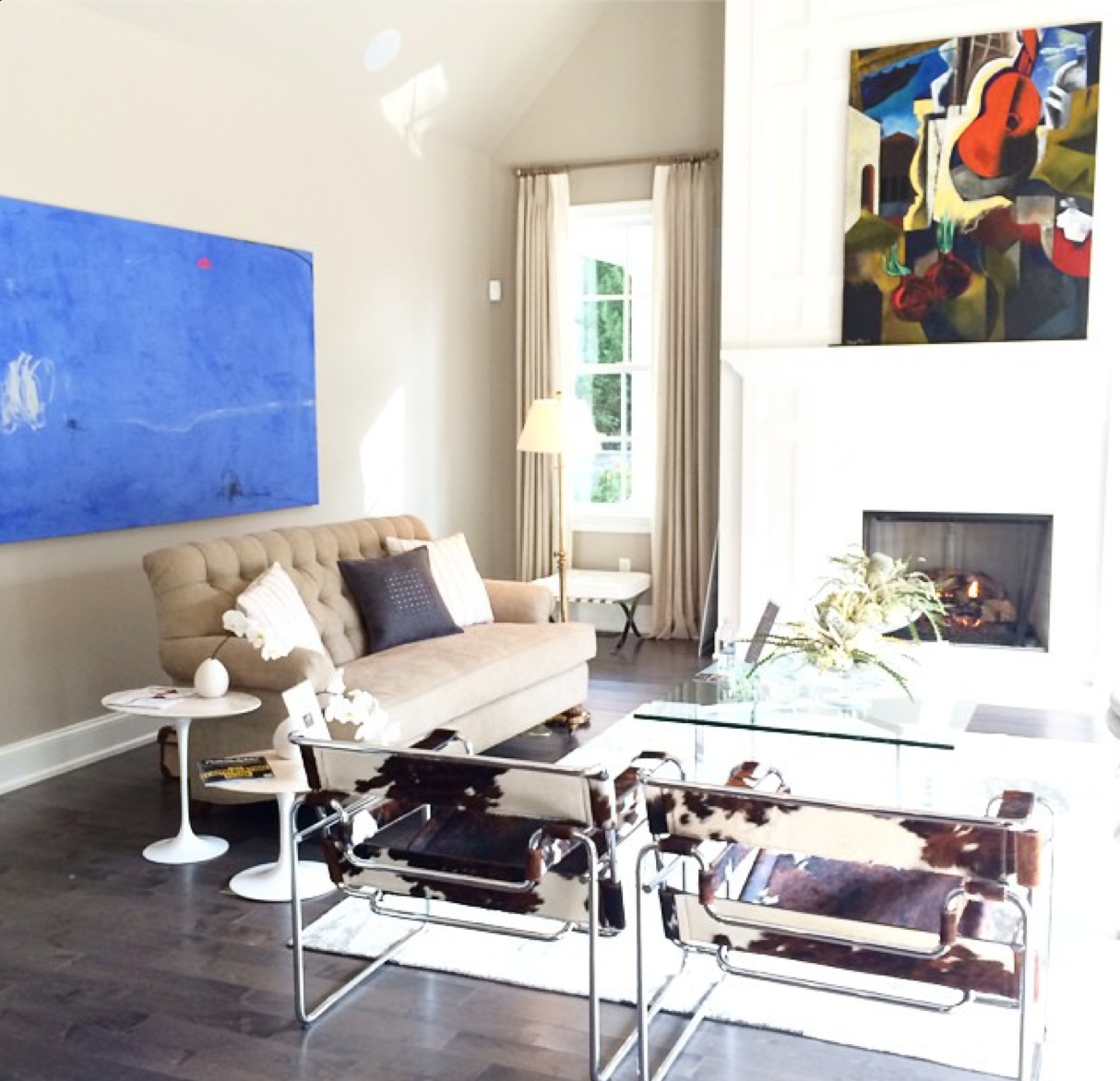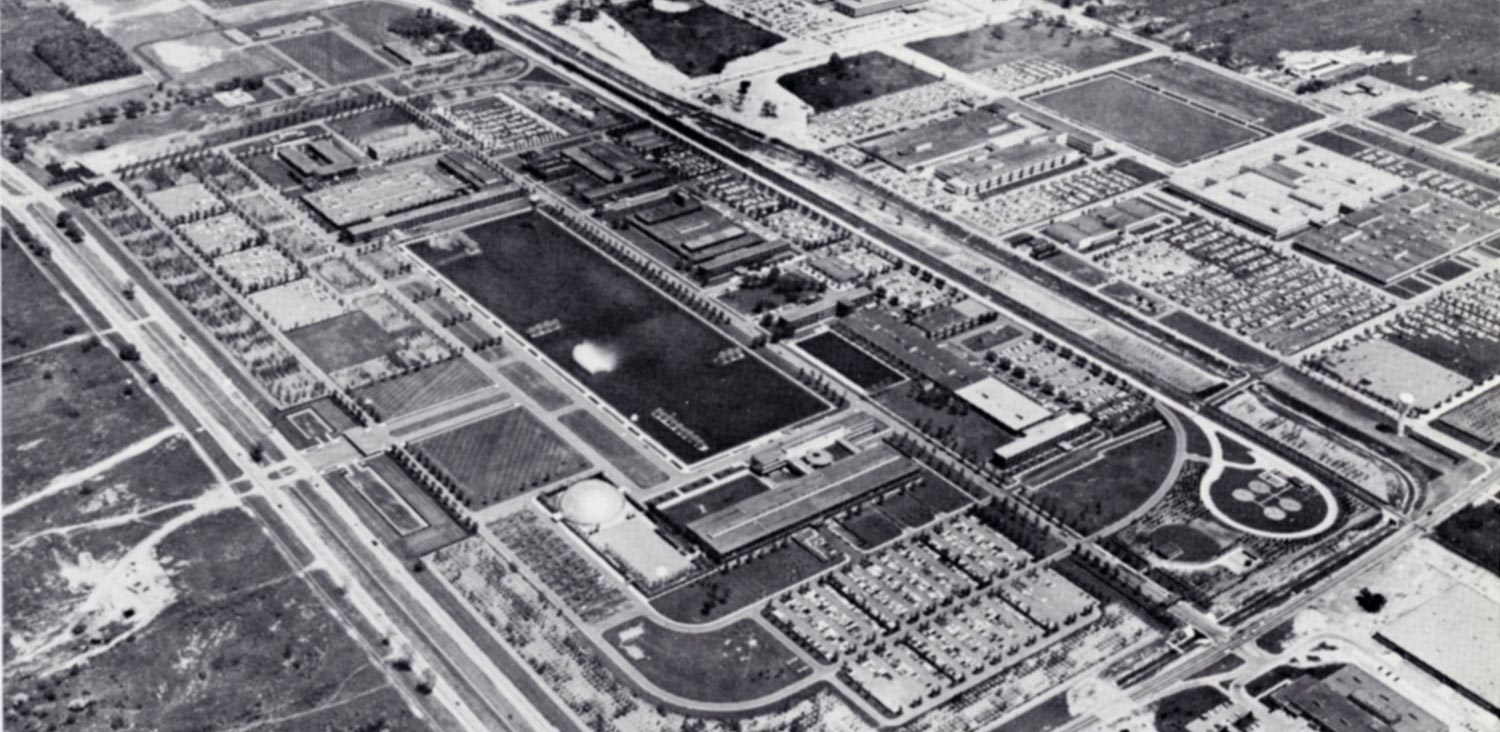Table Of Content

Mañosa Properties Inc. modernized the iconic bahay kubo in a real estate development located in Tagaytay. Founded by the children of Bobby Mañosa—the architect behind the Coconut Palace and the EDSA Shrine—siblings Dino, Angelo, and Bambi Mañosa, build upon their father’s legacy. Material choices such as concrete, glass, stainless steel, and aluminum reflect a commitment to durability and maintenance-free living.
More From: Tiny House
Tagô: Paying homage to Filipino architecture - Inquirer.net
Tagô: Paying homage to Filipino architecture.
Posted: Sat, 16 Nov 2013 08:00:00 GMT [source]
This is the modern Nipa hut—an icon that has survived and adapted over time. Tolete focused on minimizing heat, aligning the house parallel to the sun’s path. Energy-efficient principles are evident throughout, including reflective window coatings that still allow the maximum natural light during the day. Strategically placed rooms act as heat barriers while cross-ventilated roof openings naturally cool the structure. The open plan encourages airflow, offering a natural cooling system in the heat of the day. These enduring principles find new expressions in various projects that redefine the concept for today’s living.
Reviving Filipino culture in architecture - BusinessWorld Online
Reviving Filipino culture in architecture.
Posted: Tue, 13 Feb 2018 08:00:00 GMT [source]
Rent Winnie the Pooh’s House in the Hundred Acre Wood with Airbnb
Despite his youth, Mikko seems deeply considerate of the Filipino lifestyle and aspirations. The designs for his vlog smartly meld an aspirational look with warmth and approachability. Tiny houses have been gaining traction internationally for its budget-friendly approach to building a home.
Sign in or Create a MyKB account
Natural stone pigmentation and glossy powder-coated finishes in orange and gold incorporate a color palette reminiscent of Manila’s sunsets. Textures within the store echo the nipa palm leaves that traditionally make up the Bahay Kubo’s walls and roofing. Nevertheless, the traditional nipa house has clearly survived in the rural areas where it originated, and is appreciated by many today. This modern amakan house with 2 bedrooms could have been built for at least Php1.5 million, including the stunning furnishings.
Below we answer the most common questions about traditional and modern Bahay Kubo.
For example, if you have a lot of wooden furniture, consider adding a rattan coffee table or end table. Or, if you have a Modern Bahay Kubo Interior Design with an Asian influence, consider adding a wicker headboard to your bed. This traditional house with stilts perfectly blends the tradition and culture of many Filipinos. The store’s focal point is a large, rectangular marble sink where customers can test products.
Characteristics of California Modern Home Design
They crafted Tago as a sanctuary away from urban life and tailored to meet the needs of its residents. The property showcases a preference for natural materials, utilizing bamboo for flooring and adobe stones both inside and out. The quest for authentic materials often clash with the need for durability and modern performance standards. Architects must balance the desire to use traditional bamboo and nipa with materials that can withstand the growing risk of natural calamities. However, merging traditional Bahay Kubo designs with modern architecture presents structural challenges. Ensuring that buildings meet contemporary safety standards without compromising the integrity of the traditional design requires innovative engineering solutions.
The living room has large glass walls and a soft couch where you can relax while watching movies on the huge flat-screen TV. The Modern Bahay Kubo Interior Design of your home should reflect your personal style and taste. By adding your own personal touches to the space, you can create a Modern Bahay Kubo Interior Design that is truly unique and one that you will be proud to call your own. With a little bit of creativity and imagination, you can transform your Modern Bahay Kubo Interior Design into a space that you will love coming home to.

Muji Timber Hut – A Tiny Hut Full of Style
The walls are often built with bamboo rods or mats to allow the house to be cool in the hot summers and warm in the rainy season. They are still built in a square shape and are left open for light and coolness. The windows are large to help give light and often are held open with a long bamboo rod, to allow for airflow.
The architect explains that they applied environmental, economical, and social considerations through the choices of material for the house. The team believes that choosing the right material is as important as identifying its use in the structure. The site of the project has significantly influenced the design of the house as well.
Adding a small kitchenette or coffee station to your Bahay Kubo is a great way to make the space more functional. A kitchenette or coffee station can be used to prepare meals and snacks or to just brew a cup of coffee in the morning. Be sure to choose a design that is appropriate for the space and that will complement the other Modern Bahay Kubo Interior Design elements in your home. When choosing rattan or wicker furniture, be sure to select pieces that are well-made and comfortable. You should also look for pieces that complement the existing Modern Bahay Kubo Interior Design of your home.
The modern nipa hut does not only reflect the traditional Filipino house. Although skyscrapers and tall glass-and-concrete buildings line our cities now, our bahay kubo has not been forgotten. This custom has been carried on through generations, particularly when Filipinos face trying times. It is also symbolic of the Filipino hospitality that everyone in the world so admires—a virtue that we have also carried on up to the present. The dining area has a contemporary glass table with native furniture with steel frames.
Functionality and simplicity converge, resourcefully designed to weather the tropics. It’s meant to stand in harmony with its tropical setting, designed as a direct response to the climate. Historically, the most iconic example of Bayanihan is the practice of moving a traditional bahay kubo from one location to another.
It’s a design that is at once conscious of its ecological footprint and rooted in local culture. Create your Wish List, and save favorite floor plans and communities to find just the right home. By following these tips, you can save energy and money while still enjoying the Modern Bahay Kubo Interior Design of your dreams. It is the home of yesterday that has changed and survived even until today. The layout takes inspiration from the Bahay Kubo’s versatility, featuring flexible living areas that connect to a lanai.
Nothing else can better symbolize rich Filipino history than the humble bahay kubo or nipa hut, which has evidently transcended, grown, and evolved throughout the years. During the pre-Spanish era, it was our ancestors’ most popular dwelling type. Today, design concepts of modern structures have adopted the unique elements the bahay kubo constitutes. Standing tall at 2 stories, this house features a sturdy concrete base and an upper floor with cool amakan (woven bamboo) walls. Glass is incorporated with the native amakan design, creating a lovely effect that looks stunning even from afar.











